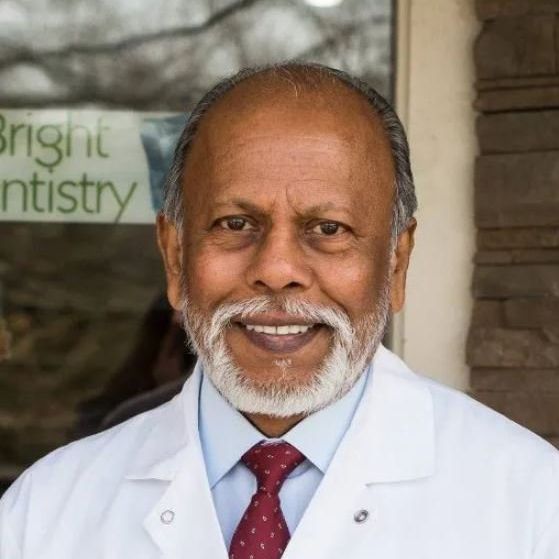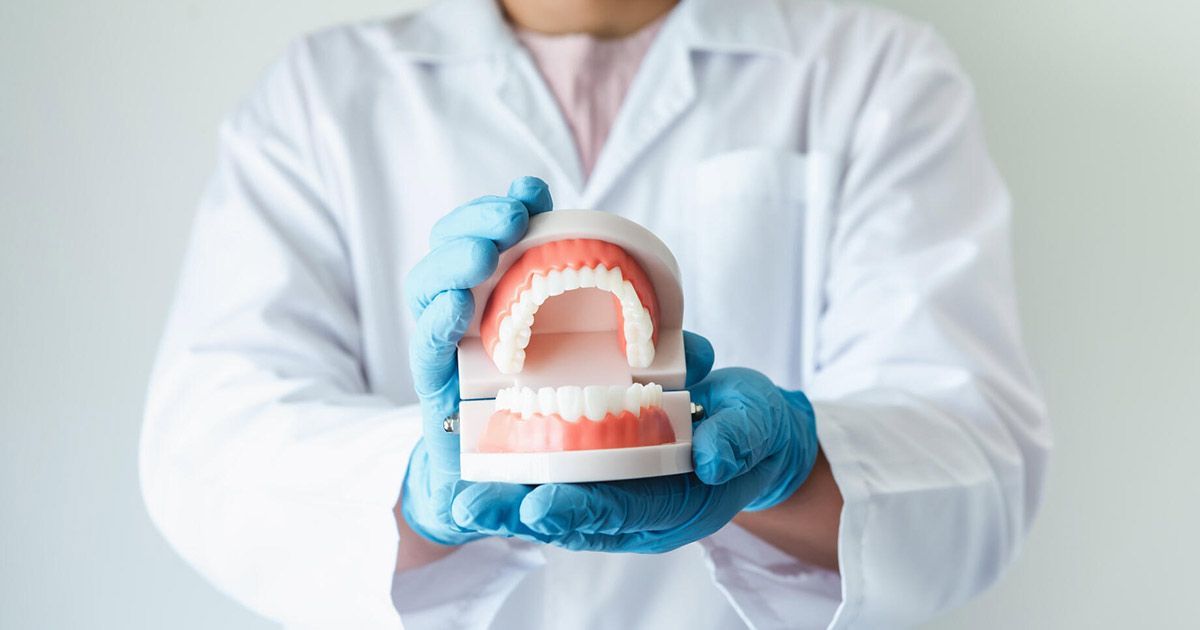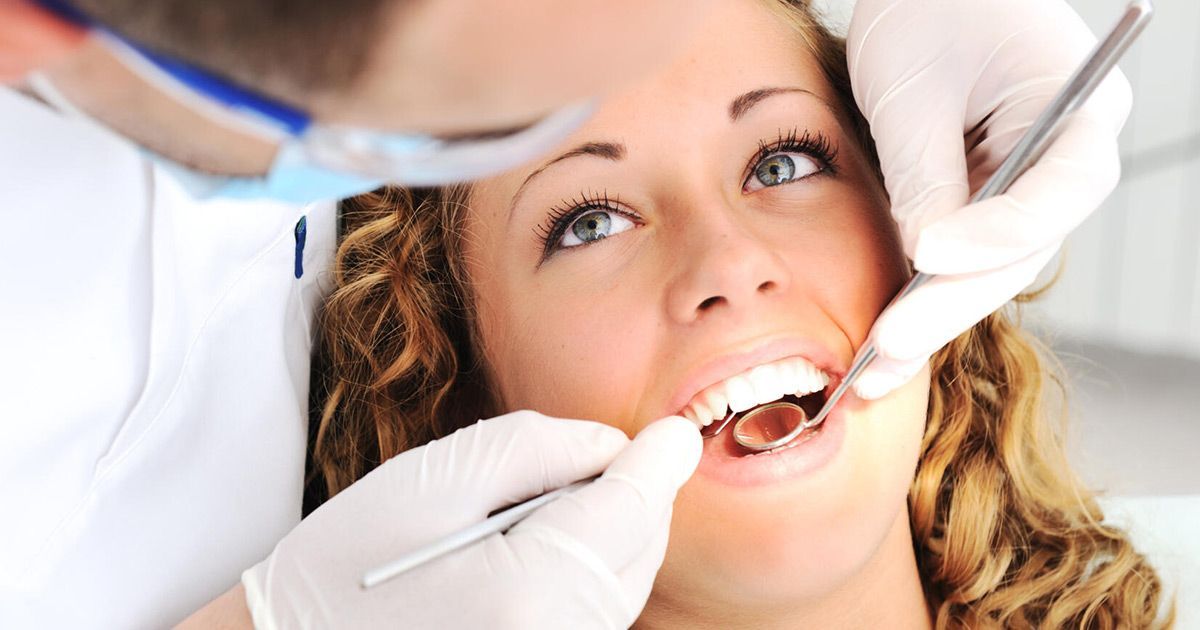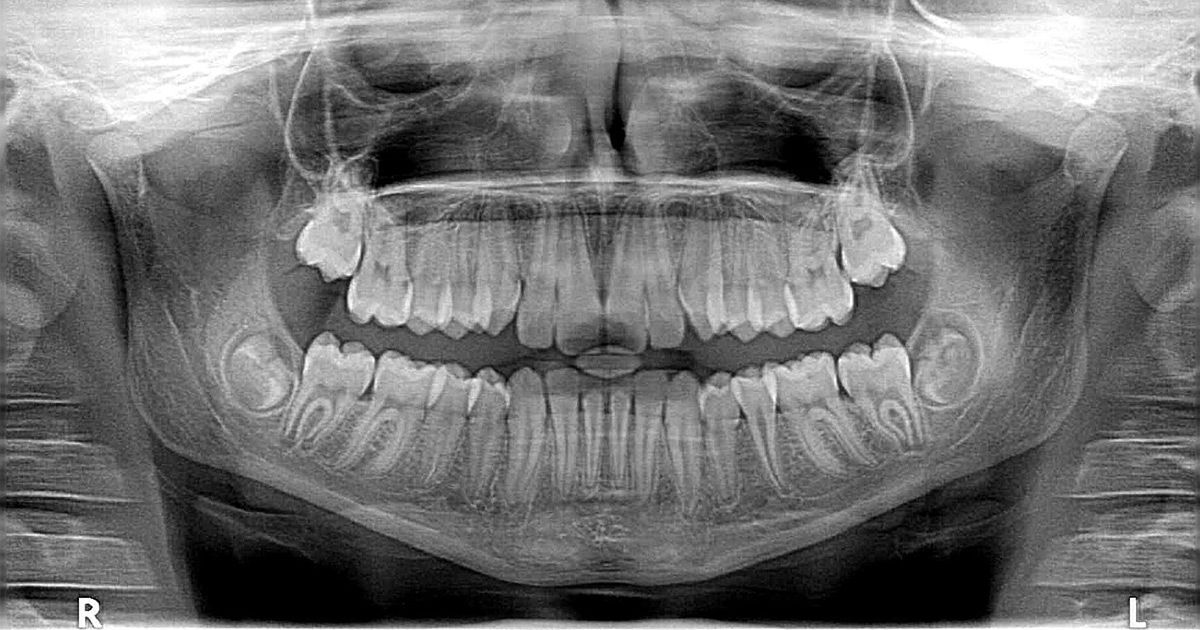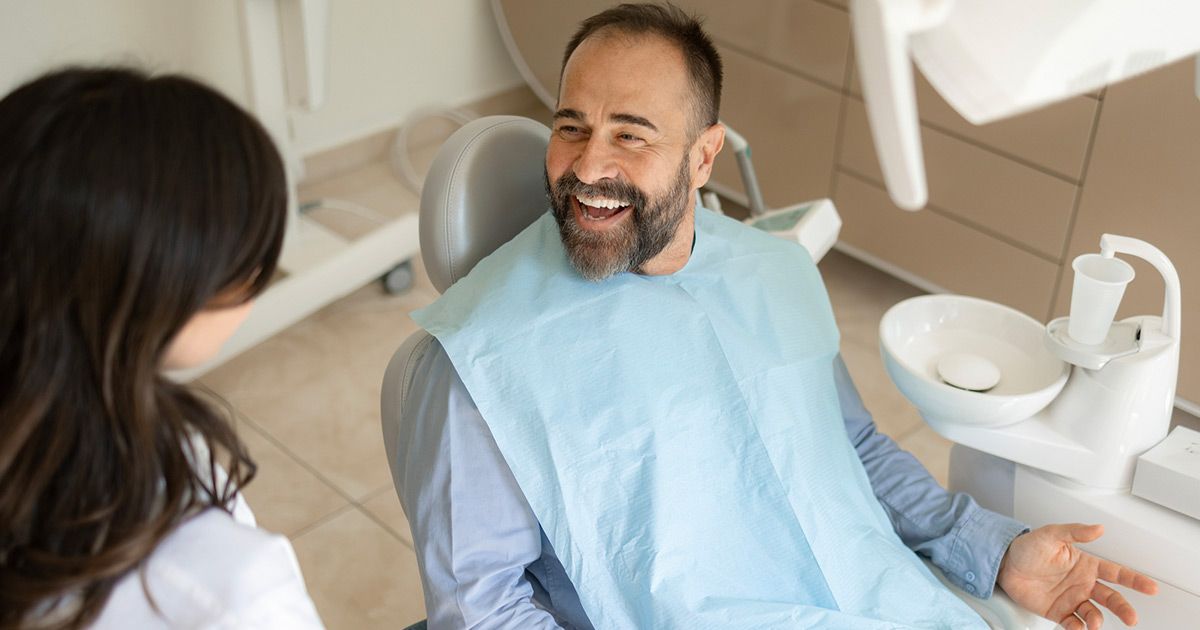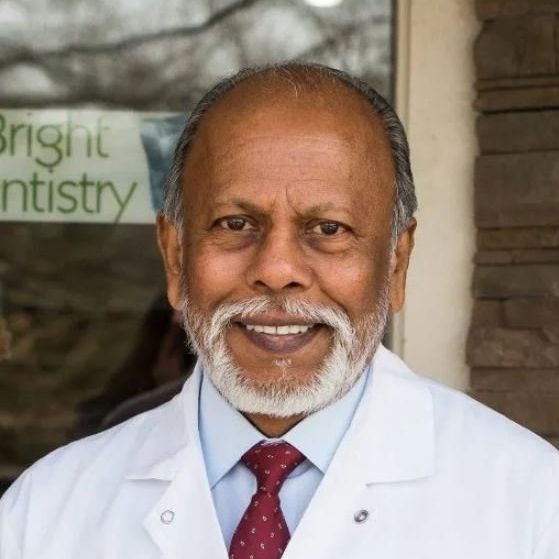What to Expect During Dental Implant Recovery

Are you planning to get dental implants soon? Check out this article to find out what you can expect during dental implant recovery.
Nearly 120 million Americans have lost at least one tooth. If you're one of them, you aren't alone.
Having missing teeth can be a bummer. It makes you conscious about your smile.
Luckily, you can always restore your smile with dental implants. This dental procedure offers a natural-looking and long-lasting solution. While the prospect of getting a new smile is exciting, you should know what to expect post-procedure.
But what happens after the implant surgery? To ensure a smooth healing process, our guide highlights what to expect during dental implant recovery.
What Are Dental Implants?
Dental implants are small, screw-like posts made of titanium that are surgically inserted into your jawbone. They act as artificial tooth roots, providing a stable foundation for a dental crown. Some types of implants you can get include:
Endosteal Implants
Endosteal implants are tiny screws that replace your tooth roots. They're the most popular type of implant since they're super strong.
Additionally, they can support one or even several replacement teeth. If you already have dentures or dental bridges, your dentist may recommend endosteal implants.
Subperiosteal Implants
Subperiosteal implants are metal posts placed on or above your jawbone -- rather than directly in. This is a good option if you have trouble with traditional dentures, or if your jawbone isn't strong enough for regular implants. When you get these implants, you may skip the bone grafting procedure.
What to Expect During the Dental Implant Process?
Missing tooth replacement involves multiple stages. You may need to work closely with a qualified dentist to ensure a successful process. Here's what happens during the procedure:
Step 1: Consultation and Treatment Plan
During your consultation, your cosmetic dentist will discuss your dental history and examine your mouth. Once they're done, they will take X-rays to assess your jawbone health.
Next, they will create a personalized dental treatment plan. These include the number and type of implants needed.
Step 2: Incision Creation and Jaw Preparation
Your dentist will administer local anesthesia to numb your gums. If you choose sedation, they'll give you these drugs.
Once you're at ease, the dentist will create an incision in your gums to place the dental implants. Your dentist will create an opening in your jawbone until they can fit your new dental implant.
Step 3: Place the Dental Implant and Close the Incisions
Next, your dentist will carefully fix the dental implant into your jaw. Once done, the dentist will realign your gums and seal the incision with stitches.
The Dental Implant Recovery Timeline
After the dental implant surgery, you can start the recovery journey. The dental implant recovery timeline involves four stages:
- Immediately post surgery (one to three days)
- Initial healing phase (one to two weeks)
- Integration phase (three to six months)
- Restoration phase (four to eight months or more)
Remember that this is a general timeline, and your experience may vary. Your dentist will provide you with specific instructions based on your situation.
What to Expect During Dental Implant Recovery?
Knowing what to expect during the recovery process can help alleviate your worries. Let's explore the ins and outs of dental implant recovery.
The First One to Three Days After Surgery: Reducing Discomfort
The first few days after dental implant surgery are often the most uncomfortable. Learn how to manage your discomfort below.
Swelling is a normal part of the healing process. It will usually peak within 48 hours after surgery and then gradually diminish. To reduce swelling, apply an ice pack to the area for ten-minute intervals throughout the day.
You may experience some pain or discomfort after surgery. Your dentist will prescribe pain medication to help you manage this.
Slight bleeding from the implant site is common for the first 24-48 hours. Gently bite on a piece of sterile gauze to control bleeding.
The First One to Two Weeks: Healing and Returning to Normalcy
During the first one to two weeks after surgery, you should start to feel more comfortable. The swelling will continue to subside. Gradually, you can start reintroducing solid foods into your diet.
However, be gentle with the implant site and avoid hard, crunchy, or chewy foods. If you receive stitches during surgery, your dentist will likely remove them around seven to ten days after the procedure. You will also have a follow-up appointment with your dentist to check on your healing progress.
The Next Three to Six Months: Integration Phase
The next three to six months are essential for osseointegration -- the process where the implant fuses with your jawbone. You won't experience any discomfort during this time. However, it's important to maintain good dental care.
Continue to brush and floss your teeth gently twice a day. Remember to rinse with an antiseptic mouthwash as directed by your dentist. You will visit your dentist to monitor the osseointegration process.
The Next Four to Eight Months or More: Restoration Phase
Once osseointegration is complete, your dentist can place the final restoration on the implant -- usually a dental crown. This crown will be custom-made to match your teeth in size, shape, and color. As a result, your missing tooth replacement will be natural-looking and fully functional.
Factors That Can Affect Your Dental Implant Recovery
Remember that implant recovery is a personal journey. Some patients may bounce back quickly, while others will take a bit longer. Here are factors that can influence your dental implant recovery experience:
The Number and Types of Implants Placed
The type and number of implants you receive can affect your recovery. Different implant types may have varying healing times. If you get multiple implants, you may need a longer period for full recovery.
Bone Grafting and Pre-Existing Health Conditions
In case you underwent bone grafting, you can expect an extended recovery time. What's more, having conditions like diabetes or chronic gum disease may slow down your healing process. Ensure you discuss these conditions with your dentist before undergoing implant surgery.
Restore Your Smile With Modern Dental Implants
A good dental implant recovery will help you achieve a healthy, functional smile. Strict adherence to your dentist's post-operative instructions on dental care can ensure a smooth recovery.
Need urgent and qualified missing tooth replacement? Look no further than Sparkle Dental. Our All-on-4 implant-supported dentures will help restore your natural-looking smile and confidence.
Book your consultation today to regain that beautiful smile.
Dr. Rohit Z Patel
D.D.S
After graduating at the top of his class, Dr. Patel continued his postgraduate studies in endodontics at Columbia University College of Dental Medicine in New York. He was appointed to assistant clinical professor of dentistry at Columbia University and later moved on to teach at the Montefiore Medical Center’s Department of Dentistry. Westchester Magazine recognized Dr. Patel as a “Top Dentist for 2012.”
Dr. Arpita Patel
D.D.S
Dr. Arpita S. Patel graduated with a DDS degree from the university College of Dentistry in 2015. Dr. Patel is experienced with an array of restorative dentistry procedures, including dental implants and many other treatments that can improve dental health, function, and appearance.
Dr. Yung Kim
D.D.S
Dr. Yung Kim is a double board certified Periodontist and board certified Prosthodontist, educated to treat many extremely complex disorders involving gum disease, tooth decay, and oral pathology. His focus is on full-mouth, complex, surgical, and reconstructive dentistry. He has extensive knowledge of implant dentistry and advanced surgical procedures, specializing in teeth in a day and All-on-Four implants. He is also Invisalign certified and experienced with CAD/CAM restorations and dentures.
Dr. Santvana Vyas
D.D.S
Dr Vyas attended NYU College of Dentistry and earned DDS in 2016 at the top of her class. She was inducted into Omicron Kappa Upsilon (OKU), the national dental honor society and earned Outstanding Achievement Award in study of Prosthodontics.
Dr Vyas is an active member of American College of Prosthodontics (ACP) and American Dental Association (ADA). She is appointed as a Clinical Assistant Professor at NYU College of Dentistry. She is married and is blessed with two sons.


